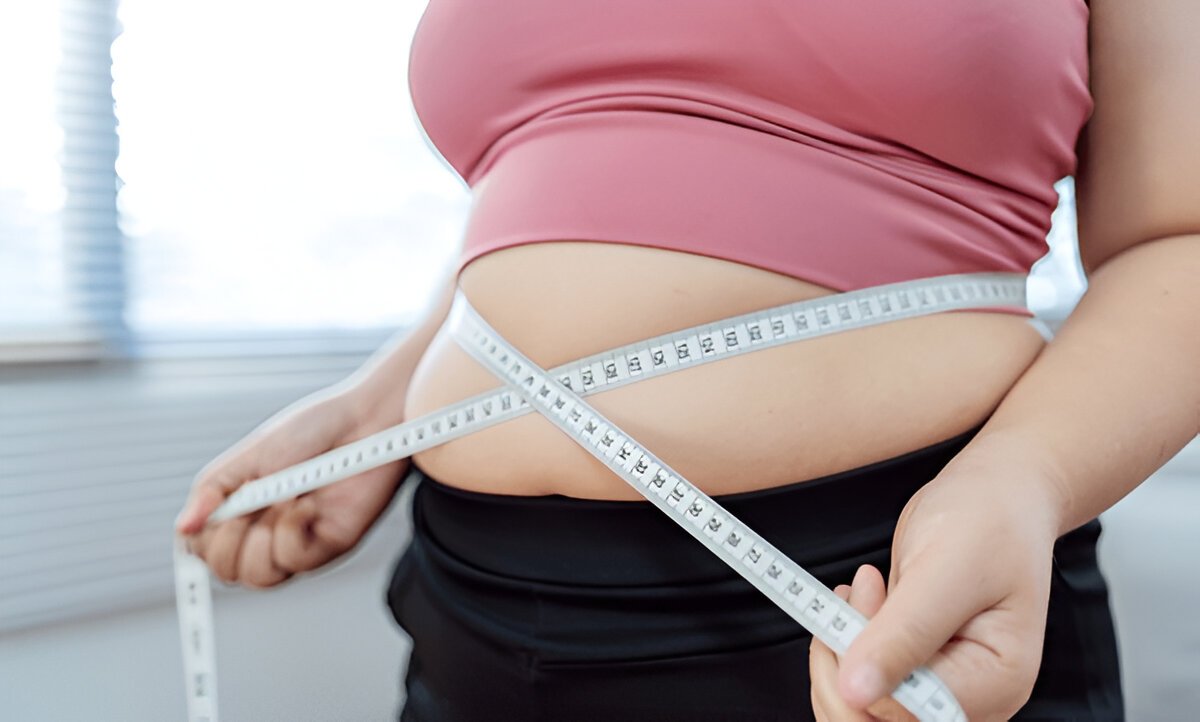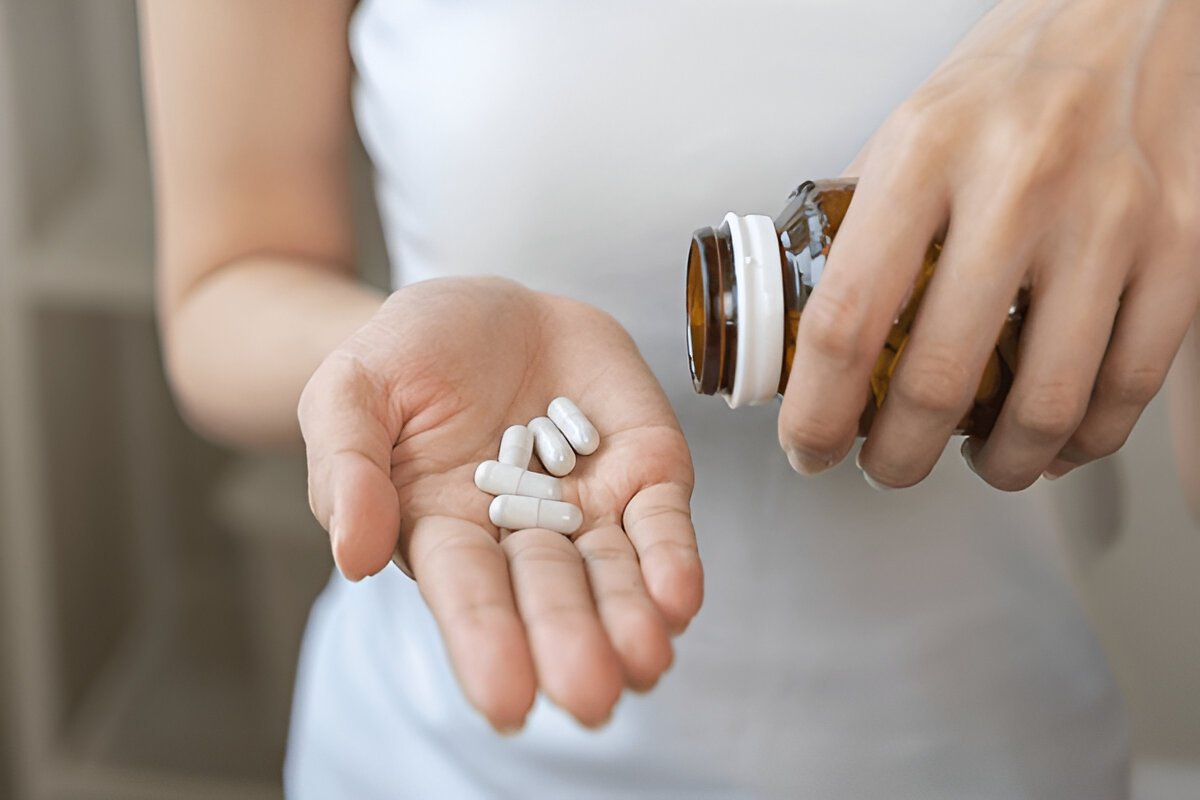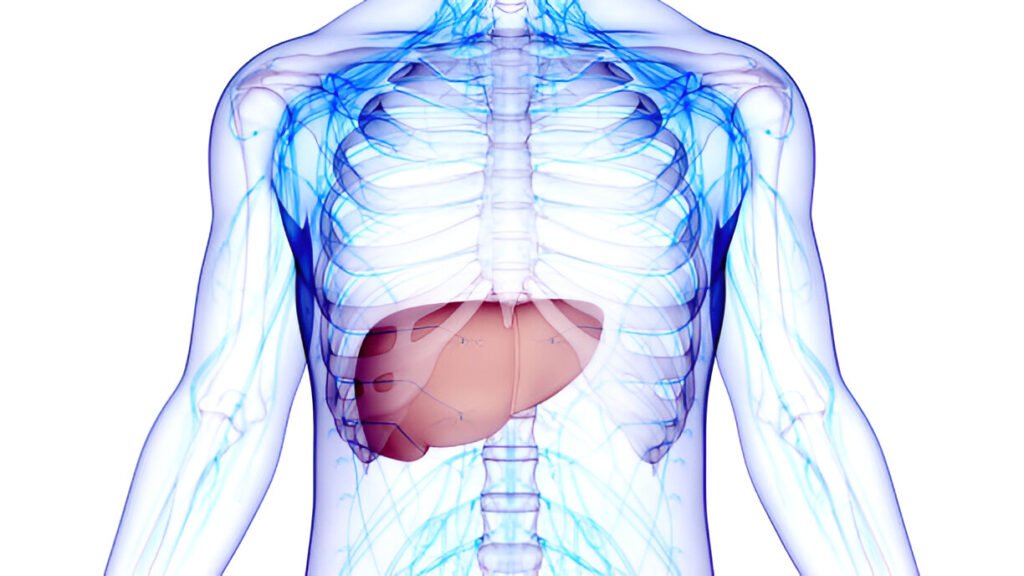Initial Consultation and Diagnosis
● We begin with a detailed consultation covering your medical history, lifestyle, and eating habits
● Diagnostic tests like LFT, USG, and FibroScan are conducted for accurate evaluation
● These tests help us identify the severity of fatty liver and any related conditions
● Based on the results, we design a personalized treatment plan for you










